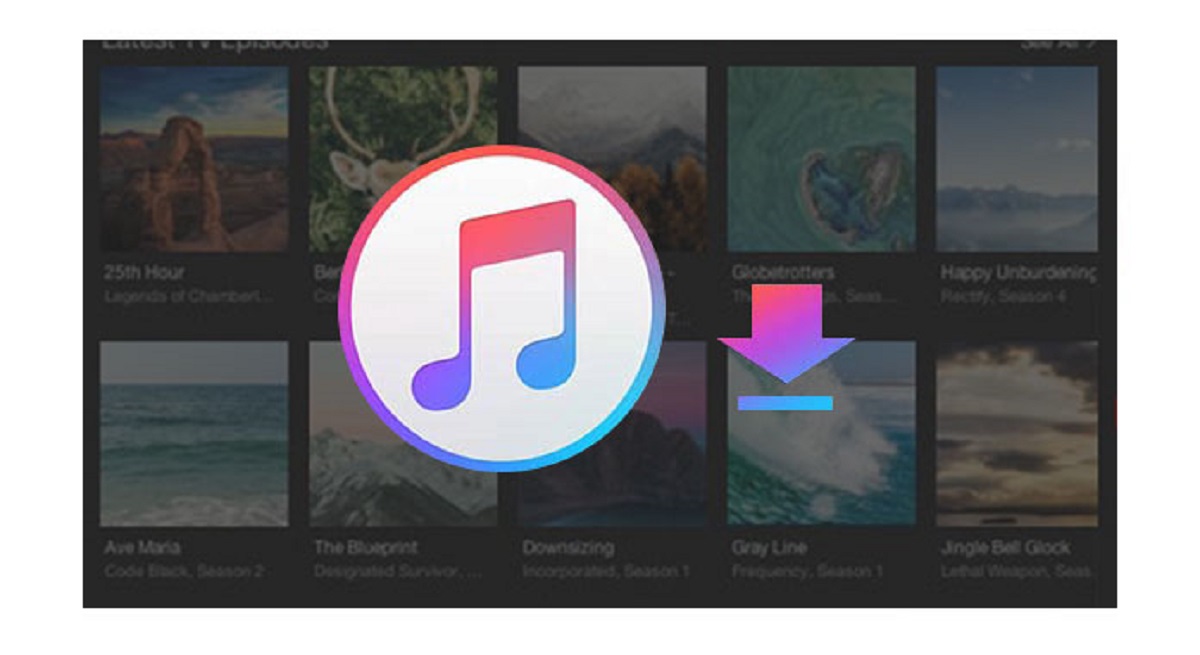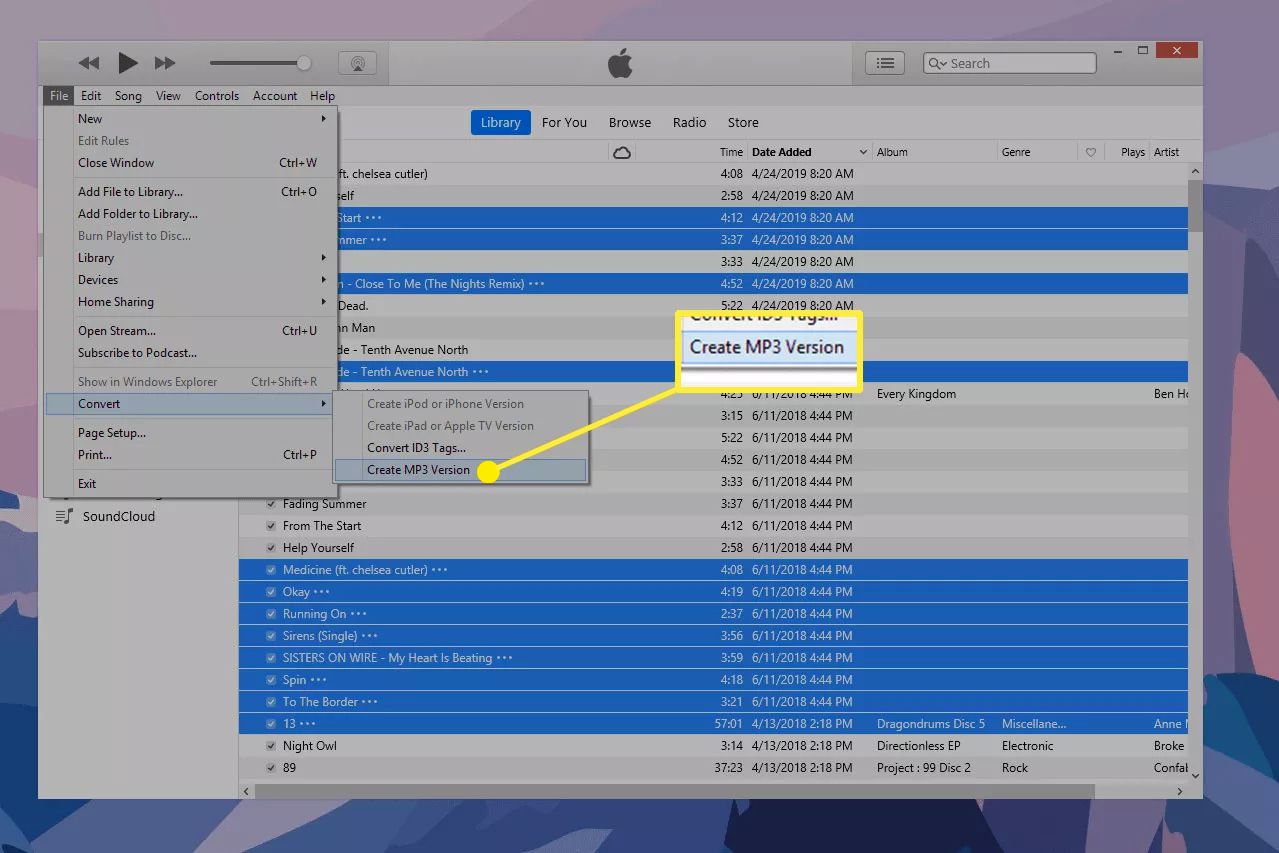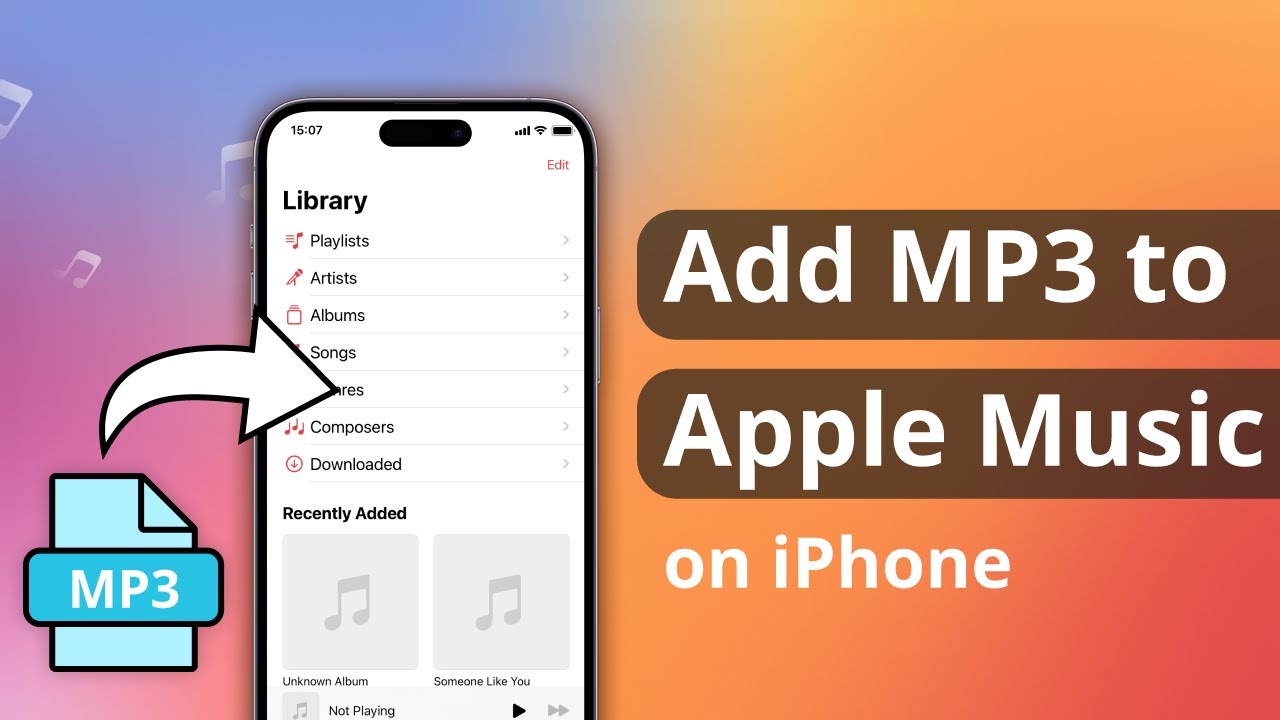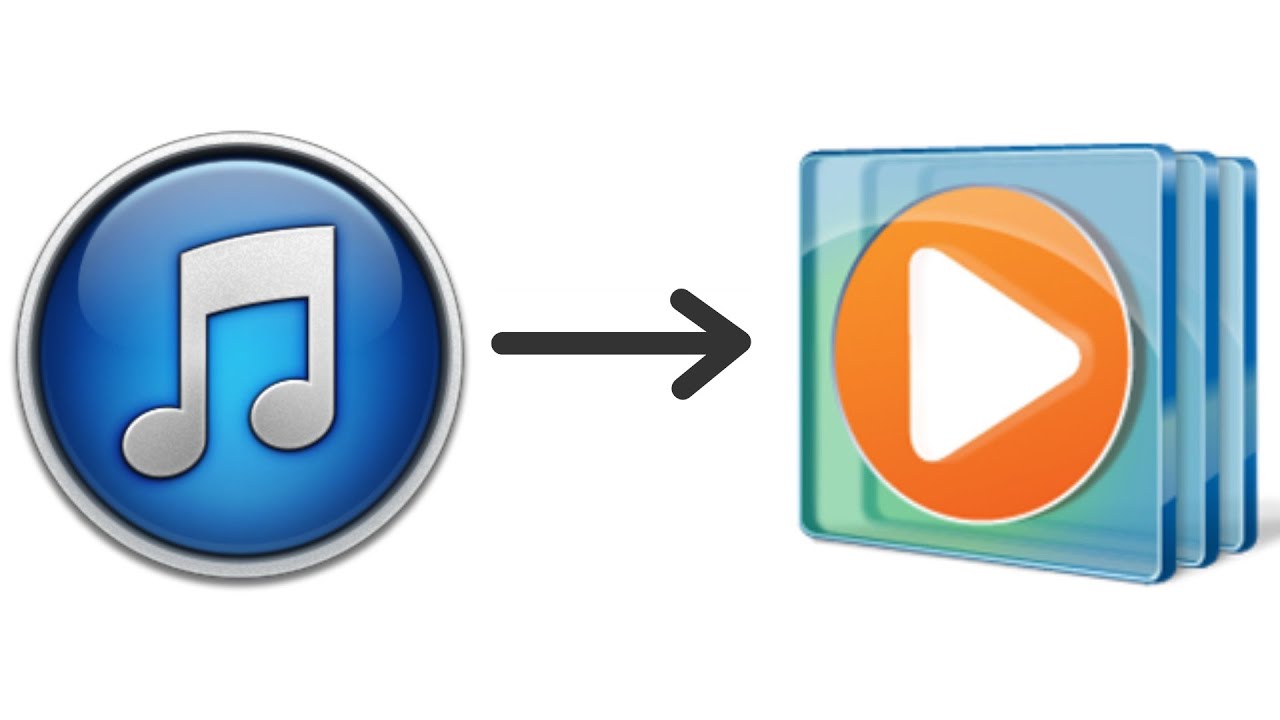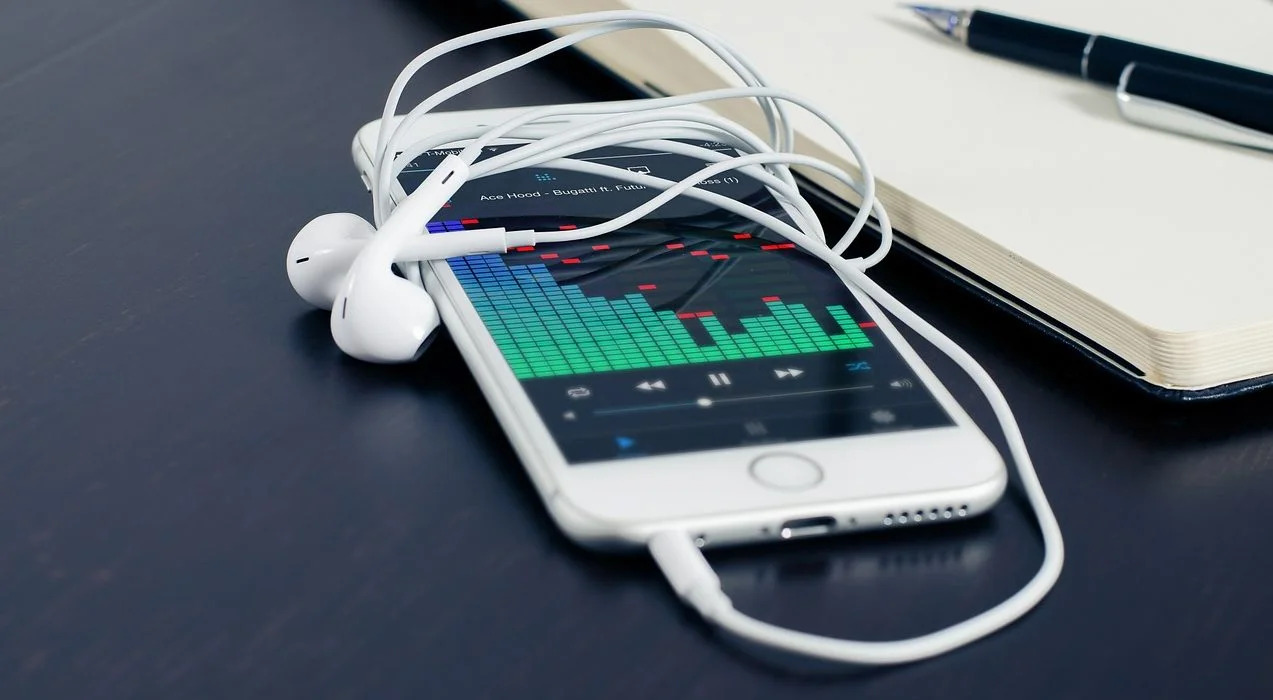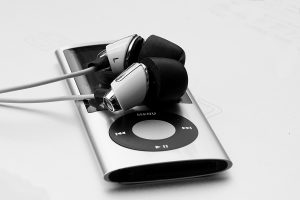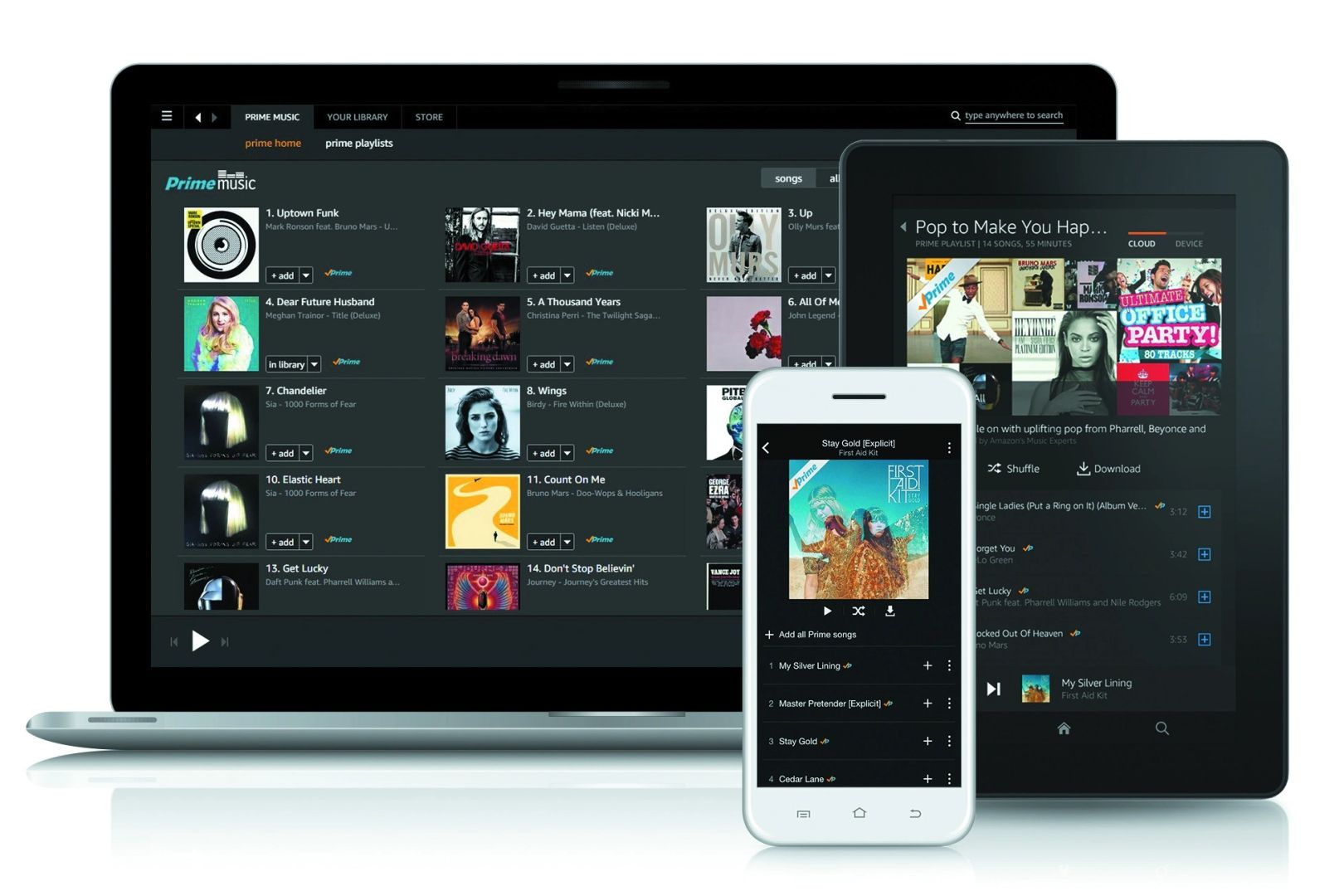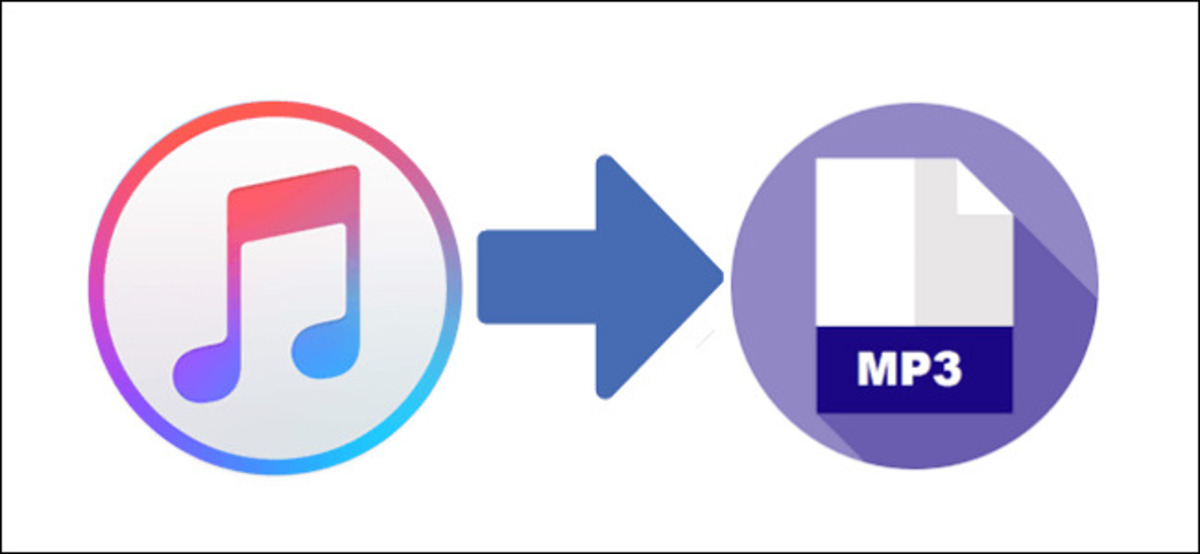Introduction
Welcome to this guide on how to download MP3 files to iTunes. If you’ve been looking for a way to expand your music library and enjoy your favorite tracks on your iOS device, you’ve come to the right place. iTunes is a popular media player and library management software developed by Apple Inc. It allows you to organize, play, and sync your music, movies, and more across multiple devices.
Downloading MP3 files to iTunes gives you the opportunity to easily access and listen to your favorite music on your iPhone, iPad, or iPod. While there are various music streaming platforms available today, having your MP3 files stored in your iTunes library ensures that you can enjoy your songs even when you’re offline or in areas with limited internet connectivity.
In this guide, we will walk you through the step-by-step process of downloading MP3 files and adding them to your iTunes library. Whether you have a vast collection of MP3 files or are new to the process, we’ll provide you with all the information you need to get started.
Before we dive into the steps, it’s important to note that downloading music from unauthorized sources or sharing copyrighted material is illegal. We encourage you to make sure you have the necessary rights and permissions to download and use any MP3 file.
Now, let’s get started on how to download MP3 files to iTunes and enjoy your favorite tracks wherever you go.
Step 1: Find a reliable MP3 downloading website
The first step in downloading MP3 files to iTunes is to find a reliable website that offers a wide range of music options and ensures the legality of the downloads. There are numerous websites available, so it’s essential to choose one that is reputable and trustworthy.
When searching for an MP3 downloading website, consider the following factors:
- Legality: Ensure that the website you choose operates within the boundaries of copyright laws and only offers legal and licensed music downloads. This ensures that you are supporting artists and content creators while avoiding any legal issues.
- Quality: Look for websites that offer high-quality MP3 files. Check if they provide options for different bitrates, ensuring that you get the best audio experience.
- User Interface: Opt for websites that have a user-friendly interface, making it easy to search, browse, and download MP3 files. A well-designed website will save you time and frustration during the downloading process.
- Library Size and Variety: Consider the size and variety of the music library offered by the website. Look for a platform that has a vast collection of songs across different genres and languages, ensuring that you can find the music you love.
- Reviews and Recommendations: Before settling on a website, read reviews and recommendations from other users. This will give you insights into the website’s reliability, download speeds, and overall user experience.
Once you’ve found a reliable MP3 downloading website, take some time to explore its features and familiarize yourself with its search functions. This will make it easier for you to find and download your favorite songs in the following steps.
Remember, it’s essential to use legitimate sources for downloading music to ensure the quality of the files and respect for the artists’ rights. By finding a reliable MP3 downloading website, you’re establishing a good foundation for building your iTunes music library with legally obtained music.
Step 2: Search and select the desired MP3 file
Now that you have found a reliable MP3 downloading website, it’s time to search for and select the desired MP3 file to download. Most websites have a search bar or browsing options that allow you to find specific songs, albums, or artists.
Here are the steps to search and select the desired MP3 file:
- Enter the name of the song, album, or artist in the search bar of the MP3 downloading website.
- Browse through the search results and look for the specific version or recording of the song you want to download.
- Pay attention to any additional information provided, such as the bitrate, file size, and user ratings, to help you make an informed decision.
- Listen to a preview of the song, if available, to ensure it’s the correct version and meets your expectations.
- Select the desired MP3 file by clicking on the download button or link next to it.
It’s important to note that some MP3 downloading websites may require you to create an account before downloading files. In such cases, follow the registration process and provide the necessary details to create your account.
When selecting the desired MP3 file, be cautious of any pop-up ads or misleading download buttons on the website. Stick to the genuine download links provided by the website to avoid downloading any unwanted or potentially harmful software.
Additionally, if you are downloading a whole album or multiple songs, you may have the option to select multiple files at once or add them to a download queue. This can save time and make the downloading process more convenient.
By following these steps, you can easily search for and select the desired MP3 file to download from the MP3 downloading website of your choice. Once you have your chosen file, you can proceed to the next step of downloading it to your computer and preparing it for iTunes.
Step 3: Download the MP3 file to your computer
Now that you have selected the desired MP3 file from the website, it’s time to download it to your computer. The steps for downloading the MP3 file may vary slightly depending on the website you are using, but the general process remains similar.
Follow these steps to download the MP3 file to your computer:
- Click on the download button or link next to the selected MP3 file. This will initiate the download process.
- A dialog box may appear, asking you to choose a location on your computer to save the MP3 file. Select a folder or destination where you want to save the file.
- If the download doesn’t start automatically, you may need to click on a confirmation button or link to initiate the download.
- Wait for the download to complete. The time it takes will depend on the file size and your internet connection speed.
While downloading the MP3 file, it’s essential to remain cautious and be aware of any additional software or unwanted files that may be bundled with the download. Some websites may offer optional software installations or require you to disable ad-blockers temporarily. Read the download prompts carefully and decline any offers that are not relevant to your download.
Once the download is complete, navigate to the folder or destination on your computer where you saved the MP3 file. Ensure that the file has been downloaded fully and is not corrupt.
It’s a good practice to scan the downloaded file with an antivirus program to ensure it is safe and free from any potential threats.
By following these steps, you can successfully download the desired MP3 file to your computer. In the next step, we will discuss how to open iTunes and prepare it for importing the downloaded MP3 file.
Step 4: Open iTunes
After downloading the desired MP3 file to your computer, it’s time to open iTunes. iTunes is available for both Windows and macOS systems and can be easily accessed from your desktop or Start menu.
Here’s how to open iTunes:
- If you’re using a Windows computer, click on the “Start” menu button located at the bottom left corner of your screen. In the search bar, type “iTunes” and select the iTunes app from the search results. If you’re using a Mac, you can find iTunes in the Applications folder or use the Spotlight search (Cmd + Space) to locate it.
- Once you’ve located the iTunes app, click on it to open it. The iTunes window will appear on your screen.
- If this is your first time opening iTunes, you may be prompted to agree to the terms and conditions. Read through the terms and conditions and click “Agree” to proceed.
After successfully opening iTunes, you’ll be ready to import the downloaded MP3 file into your iTunes library. Ensure that you have the latest version of iTunes installed to ensure compatibility and access to the latest features.
Opening iTunes allows you to organize and manage your music collection, create playlists, and sync your music with your iOS devices. It serves as a central hub for accessing and enjoying your downloaded MP3 files conveniently.
Now that iTunes is open and ready to use, let’s move on to the next step of adding the downloaded MP3 file to your iTunes library.
Step 5: Add the downloaded MP3 file to iTunes library
Now that you have opened iTunes, it’s time to add the downloaded MP3 file to your iTunes library. By adding the file to your library, you can easily organize and access it alongside the rest of your music collection.
Follow these steps to add the downloaded MP3 file to your iTunes library:
- In the iTunes window, click on the “File” tab located at the upper-left corner.
- From the drop-down menu, select “Add File to Library” if you want to add a single MP3 file, or choose “Add Folder to Library” if you have a folder containing multiple MP3 files.
- A file explorer window will open. Navigate to the location on your computer where you saved the downloaded MP3 file.
- Select the MP3 file you want to add and click “Open” to import it into your iTunes library.
Once you’ve added the MP3 file to your iTunes library, it will appear in the “Songs” or “Music” section of your library. From there, you can easily locate and play the file whenever you want.
If you added a folder to your library, iTunes will import all the MP3 files within that folder, preserving the folder structure and artist/album information if available.
Keep in mind that iTunes supports various audio file formats, including MP3, AAC, AIFF, WAV, and more. However, MP3 is the most common and widely compatible format for digital music files.
By adding the downloaded MP3 file to your iTunes library, you ensure that it is easily accessible alongside your other music files, making it convenient to organize and enjoy your music collection.
Now that you have successfully added the MP3 file to your iTunes library, let’s proceed to the final step of syncing your iTunes library with your iOS device.
Step 6: Sync your iTunes library with your iOS device
After adding the downloaded MP3 file to your iTunes library, the final step is to sync your iTunes library with your iOS device. This will allow you to transfer the downloaded MP3 file to your iPhone, iPad, or iPod and enjoy your music on the go.
Follow these steps to sync your iTunes library with your iOS device:
- Connect your iOS device to your computer using a USB cable. Make sure the device is unlocked and on the home screen.
- In iTunes, click on the device icon located near the top left corner of the iTunes window. This will open your device’s summary page.
- In the left sidebar of the device summary page, click on “Music” or “Music Sync” to access the music syncing options.
- Select the option to sync your entire music library or choose specific playlists, artists, or albums that you want to sync with your device.
- If you selected the option to sync your entire library, click on the “Apply” or “Sync” button to start the syncing process. If you chose specific playlists, artists, or albums, ensure that the selected MP3 file is included in the chosen selections.
- Wait for iTunes to sync your selected music with your iOS device. The time it takes will depend on the size of your library and the amount of data being synced.
- Once the syncing process is complete, you can disconnect your iOS device from your computer. The downloaded MP3 file will now be available in the Music app on your device.
By syncing your iTunes library with your iOS device, you can enjoy your downloaded MP3 files wherever you go. You can listen to your favorite tracks, create playlists, and even play the music offline without an internet connection.
It’s important to note that if you make any changes to your iTunes library, such as adding or removing songs, artists, or playlists, you will need to sync your device again to reflect those changes on your iOS device.
Now that your iTunes library is synced with your iOS device, you can enjoy your downloaded MP3 file on the go and have your favorite music right at your fingertips.
Conclusion
Congratulations! You have successfully learned how to download MP3 files to iTunes and sync them with your iOS device. By following these simple steps, you can expand your music library and enjoy your favorite tracks wherever you go.
Remember, when downloading MP3 files, it is important to use reliable and legal sources. Always respect copyright laws and ensure that you have the necessary rights and permissions to download and use the music.
Here’s a recap of the steps:
- Find a reliable MP3 downloading website.
- Search and select the desired MP3 file.
- Download the MP3 file to your computer.
- Open iTunes.
- Add the downloaded MP3 file to your iTunes library.
- Sync your iTunes library with your iOS device.
By following these steps, you can easily manage your music collection and have your favorite songs at your fingertips. iTunes provides a convenient platform to organize, play, and sync your music across multiple devices.
Enjoy the freedom of having your downloaded MP3 files accessible even offline. Create playlists, discover new artists, and enhance your music listening experience with iTunes.
Now that you have all the knowledge and tools, it’s time to start building a personalized and diverse music library on iTunes. So go ahead, find your favorite tracks, and enjoy the rhythm of life!







